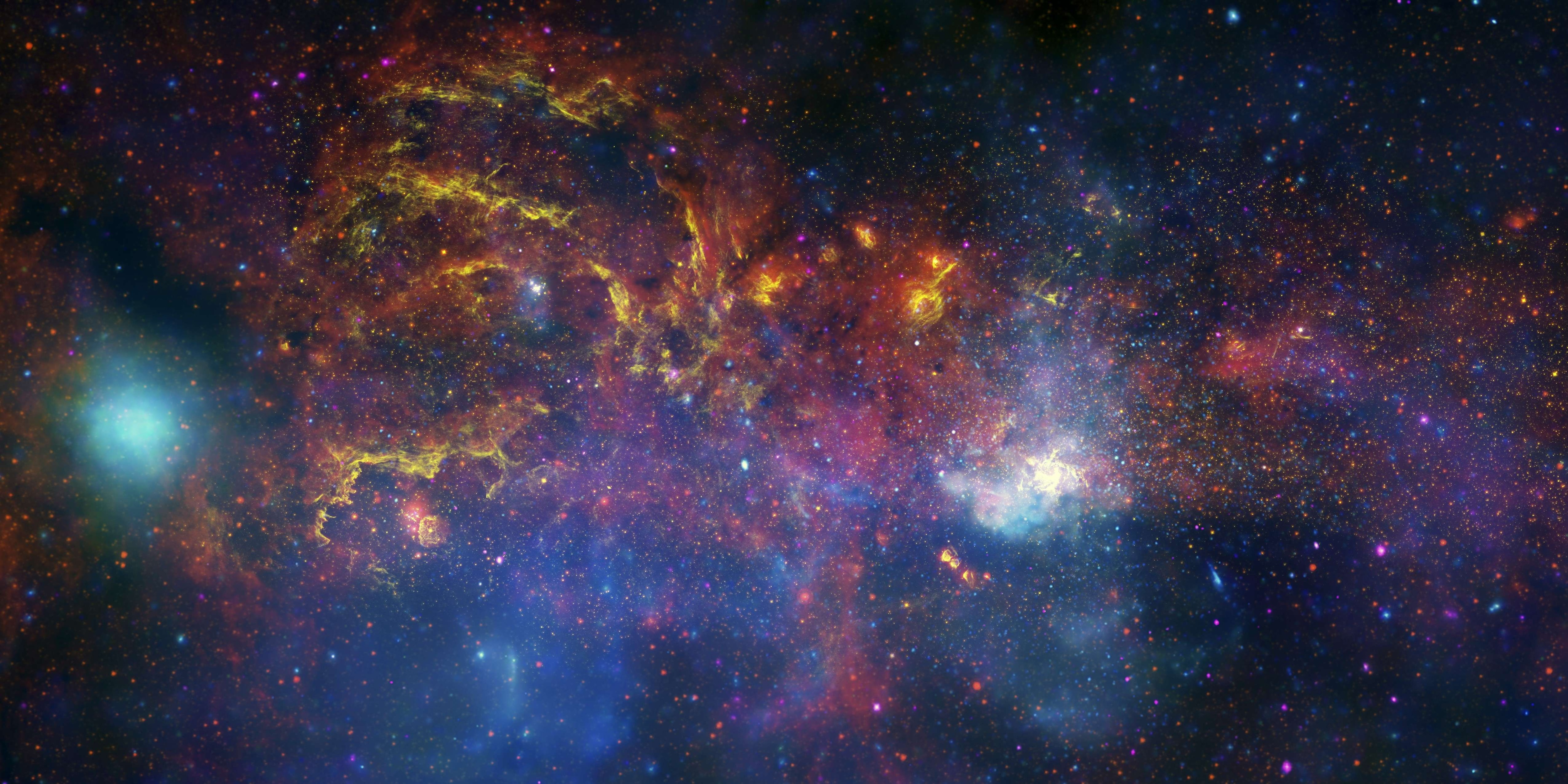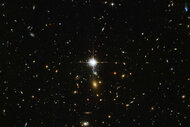Create a free profile to get unlimited access to exclusive videos, sweepstakes, and more!
NASA delays launch target for Hubble successor due to coronavirus slowdown

The James Webb Space Telescope will have to wait a while longer before finally turning its watchful gaze to the heavens. NASA reportedly is pushing back next spring’s start date for the ambitious successor to the Hubble Space Telescope due to delays imposed by the coronavirus pandemic here on Earth.
The slowdown caused by NASA having to take extra precautions to mitigate the coronavirus spread is to blame for the delay, according to Thomas Zurbuchen, NASA associate administrator for science. Via Space.com. Zurbuchen said at this week’s meeting of the Space Studies Board of the National Academies that the delay is “not because they did anything wrong. It's not anyone's fault or mismanagement.”
Nevertheless, bumping the already behind-schedule from its planned March 2021 launch date became inevitable as NASA gave the pandemic a wide berth to protect its staff and accommodate contractors on the project who took steps to do the same. “We will not launch in March," Zurbuchen said. “Absolutely we will not launch in March. That is not in the cards right now.”
The James Webb telescope (pictured in NASA's tweet above) is being designed to take exploration beyond Hubble, embarking on a four-pronged mission to scan the space depths to detect distant planets (including those that might harbor signs of life’s origins), as well as search for the earliest light in the universe, the assembly of early galaxies, and the birth of stars and protoplanetary systems.
In the process, the telescope will no doubt be sending back more of the same kind of extraordinary space imagery that the Hubble reliably has been beaming across since it first entered service in 1990. NASA’s service contract for the Hubble is set to expire this month, with scientists projecting the telescope to reach the end of its maintainable lifespan sometime between the late 2020s and 2040. Unlike the Hubble, the James Webb telescope is designed to orbit the Earth at greater distance, where there’s less interference from the moon and our own planet — but that also means it can’t be fully serviced with replacement components.
NASA remains hopeful about sending the new instrument into orbit sometime next year, though. “I'm very optimistic of this thing getting off the launch pad in ’21,” Zurbuchen reportedly assured colleagues.














